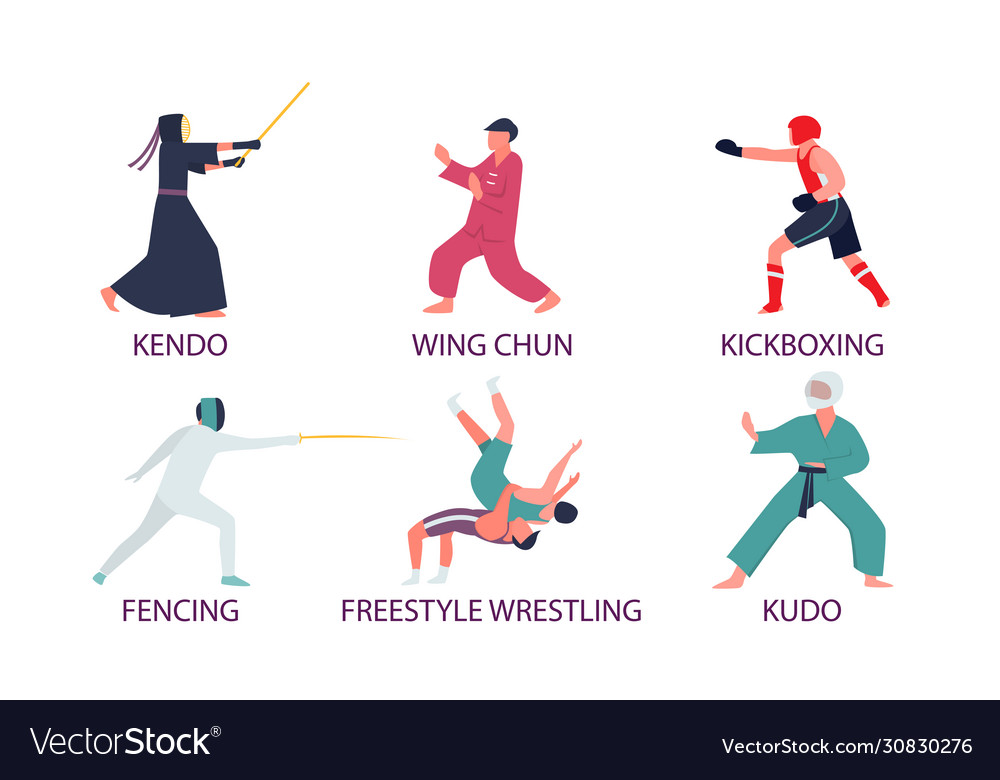Martial arts can have many benefits, including self-control, physical fitness, and respect. The first is that it gives kids a safe outlet for extra energy. Martial arts instructors will tell you that fighting should only be used as a last resort. Martial arts helps kids deal with their anger and frustrations in an enjoyable way. They encourage respect and positivity among their students. Martial arts has many benefits that go beyond the physical.
Karate
Karate’s history is only a few hundred year old, but its roots go back thousands of years. It evolved out of the Shaolin style, or kung fu, that was developed in India by Bodhidharma in either the fifth or sixth century. This style is well known for its emphasis in self-knowledge as well as the use of rituals as costumes. Karate shares many similarities with other fighting styles, despite its roots being in Japan.
Tae kwon do
It is not clear what the history of modern Tae Kwon Do looks like. It was developed in secret, like many other martial arts. Its development as well as transmission were secret, making it almost impossible for historians to draw accurate historical conclusions about Tae Kwon Do’s origins. There have been deliberate attempts to rewrite the history of Korea’s martial arts. The history of the art is, however, largely a matter for legend and tradition.
Judo
Kano Jigoro created the Japanese martial art Judo in the latter part of the nineteenth century. This grappling/tumbling style combines physical conditioning with mental focus to learn self defence and control the bodies. Judo is often referred to as “the gentle way” or “the flexible way” and emphasizes tactical agility and mental/physical agility. Judo is a popular choice for children because it focuses on self defense and combat skills and doesn’t use striking techniques.
Hapkido
Hapkido, in addition to its many physical benefits and self-defense techniques, is highly effective. Its techniques can be used to defend against all kinds of attacks. They focus on joint locking and immobilization. Students learn how to use force in various ways and different vital point strikes. This type of combat training develops confidence and strength. This is often taught in self defence classes for people who are weaker or more vulnerable than their attacker.
Ninjutsu
The term “ninjutsu” is often used interchangeably today with the term “ninp.” The two terms refer to unconventional warfare, guerrilla warfare, and espionage. Ninjutsu can be used to combat a variety of situations. It can be adapted to many combat situations, including unconventional warfare and guerrilla warfare.
Pencak Silat
Pencak Silat is based on the animal kingdom. Practitioners often imitate the movement and posture of animals, such as snakes and lions. Strikes can either be done with open palms, elbows, or shins. There are also a variety of weapons that can be used. There are many basic techniques and attacks, including deceptive blows.
Daoism
Two thousand and one hundred year ago, the Qin family ruled over Imperial China. The Qin dynasty took control of Imperial China in the Han dynasty. The collapse of Qin dynasty led to early Han emperors deciding to relax and allow people to do their own thing. These principles were then translated into governance and encouraged the minimal interference of government.
Zen
When you combine martial arts with Zen philosophy, you will learn how to build a stronger body and sharper mind. Martial arts have become a worldwide phenomenon and are used by many people for self-defense and as a form of exercise. Zen has been practiced for over 5,000 years and has influenced many martial artists. This art is a powerful tool to combat stress, increase body strength, and develop spirituality. The following is a look at the principles behind the martial art.
Jiu Jitsu
Learning Jiu Jitsu is a great martial art. The sport focuses on controlling larger opponents through superior leverage, grip, or position. The sport’s students gain a thorough understanding of the human anatomy and how to control their opponent. Jiu Jitsu can also help you become more fit, self-aware, and feel connected to your fellow Jiu Jitsu students.



